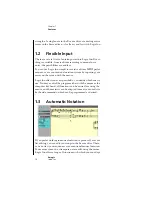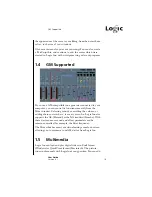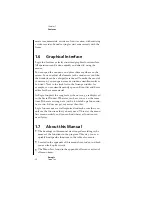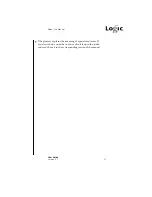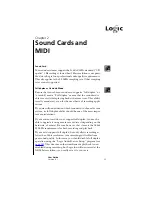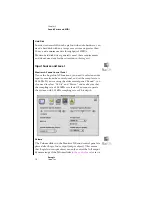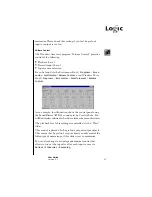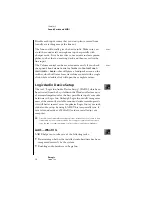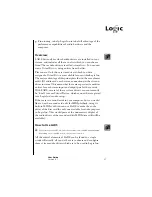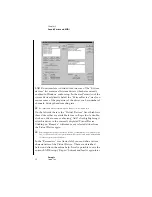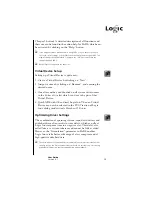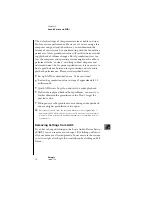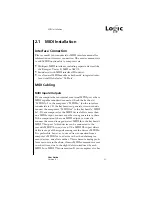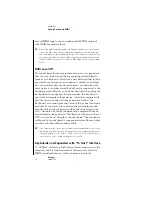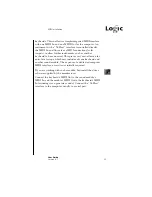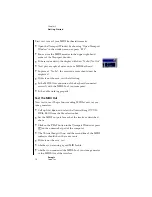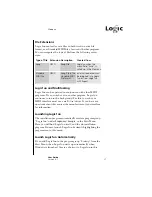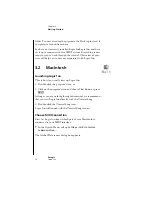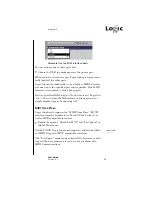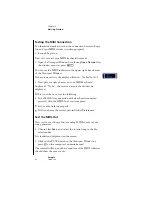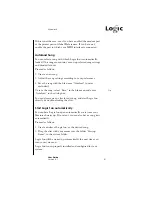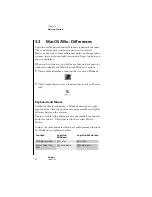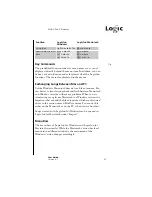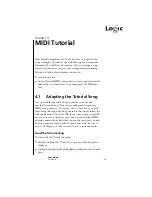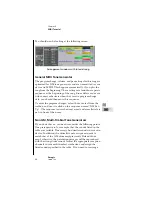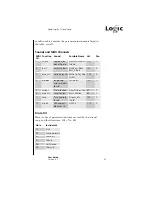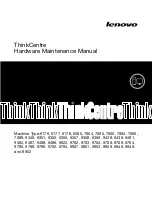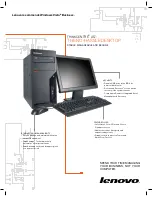
32
Chapter 2
Sound Cards and MIDI
Emagic
Logic fun
several MIDI inputs, you can connect the MIDI outputs of
other MIDI expanders there.
When using Editor/Librarian programs like Emagic’s SoundDiver, it is important to
connect the MIDI Outs from other keyboardless expanders to the multiport inter-
face’s MIDI inputs, so that their data can be sent to the computer. For use with Logic
fun, however, it will be sufficient to simply connect the keyboard MIDI Out to the
computer’s MIDI In, and wire the computer’s MIDI Output to any tone generating
devices.
MIDI Local Off
If your keyboard has an internal sound source, it is important
that you stop the keyboard from generating sounds directly
from its own keyboard. If you buy a new keyboard that is to be
used without a sequencer, and connect it straight to an ampli-
fier, you would expect the device to make a sound when you
press its keys—in other words the keyboard is connected to the
sound generator. However, you do not want this when using the
keyboard with a sequencer. In this scenario, the keyboard is
used as the computer’s input device, while the computer will
play the various connected tone generators, be they the
keyboard’s own sound generator, or any other connected sound
modules. If you wanted to control and record another sound
module with your keyboard, its own sounds would get in the
way—which is why the keyboard must be separated from its
own internal sound generator. This function is known as “Local
Off”, and can be set directly at your keyboard. The sequencer
will speak to your keyboard’s tone generator just like any other
connected, keyboardless sound module.
If you cannot find the “Local” function under your keyboard’s MIDI menu, consult
its manual as how best to proceed for sequencer use. Some keyboards allow you to
select from among “Local”, “MIDI” or “Both” for each of their so-called “Parts”—
in this case, the “MIDI” setting is equivalent to “Local Off”.
Keyboards and Expanders with “To Host” Interface
A “To Host” interface, which allows a direct connection to the
computer, can be found on many of the more cost-effective
MIDI sound modules, as well as on many entry-level
Summary of Contents for Logic fun
Page 1: ...E Sof t und Hard wa re Gmb H l User Guide for Logic fun Version 4 1 March 2000 English ...
Page 2: ......
Page 6: ......
Page 8: ...Emagic Logic fun 8 ...
Page 26: ...22 Chapter 1 Features Emagic Logic fun ...
Page 38: ...34 Chapter 2 Sound Cards and MIDI Emagic Logic fun ...
Page 48: ...44 Chapter 3 Getting Started Emagic Logic fun ...
Page 72: ...68 Chapter 4 MIDI Tutorial Emagic Logic fun ...
Page 96: ...92 Chapter 5 Using Logic fun Emagic Logic fun ...
Page 110: ...106 Chapter 6 Transport Functions Emagic Logic fun ...
Page 140: ...136 Chapter 8 Audio Basics Emagic Logic fun ...
Page 162: ...158 Chapter 10 Mixer and Effects Emagic Logic fun ...
Page 174: ...170 Chapter 11 The Event List Emagic Logic fun ...
Page 206: ...202 Chapter 13 The Score Editor Emagic Logic fun ...
Page 224: ...220 Chapter 15 Video and MIDI Files Emagic Logic fun ...
Page 240: ...236 Glossary Emagic Logic fun ...
Page 256: ...252 Index Emagic Logic fun ...

